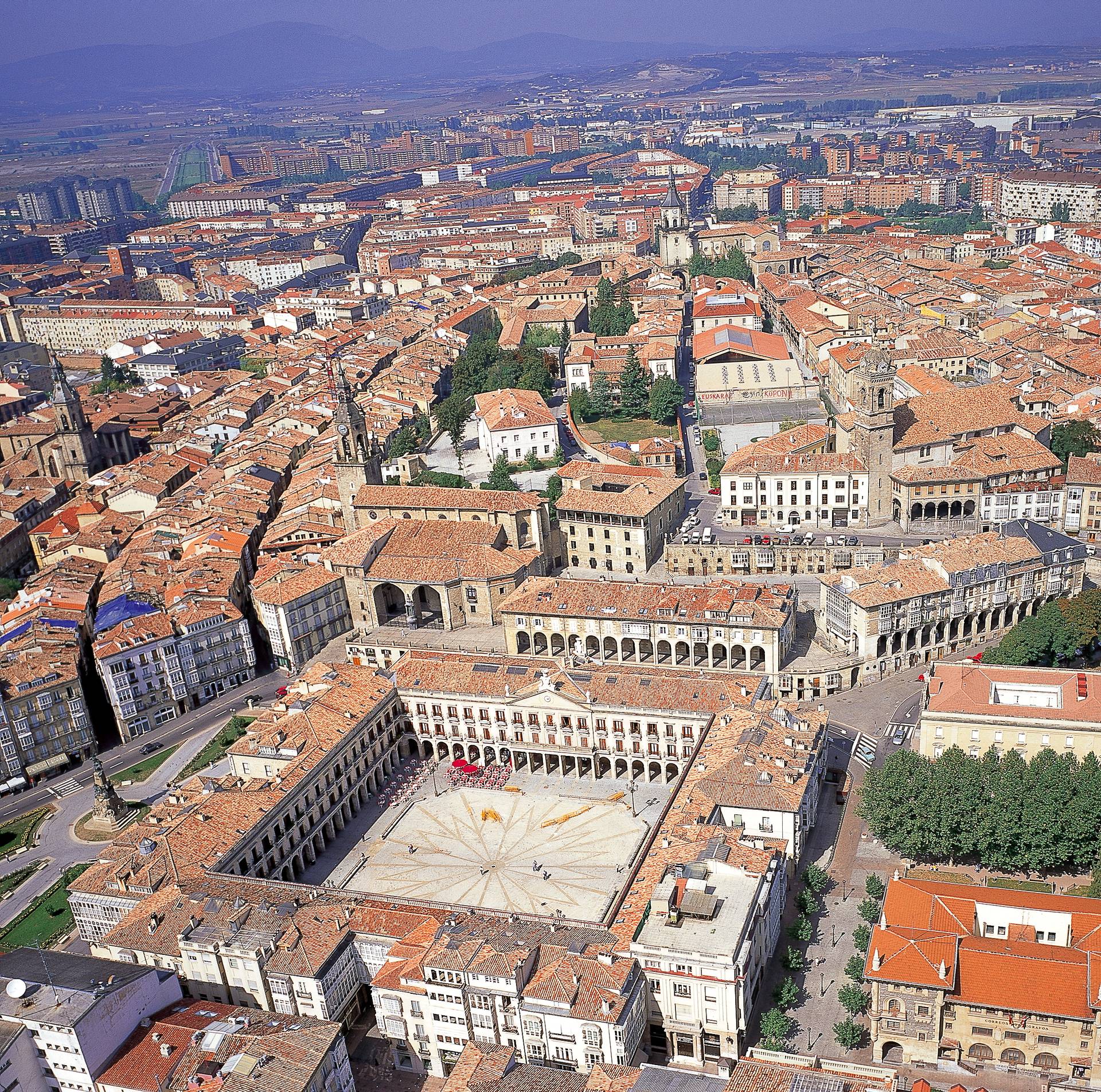ROME – As it turns out, this week’s first-ever Vatican Hackathon actually has nothing to do with “hacking” as it’s usually understood, meaning penetrating the internet firewalls and security systems of some theoretically impenetrable outfit such as NASA or the CIA.
Instead, the March 9-10 event will bring 120 young students together from 60 universities in 30 countries, to harness the potential of technology to find practical solutions to three challenges: social inclusion, interreligious dialogue, and migrants and refugees.
The point is to challenge the status quo, insisting that cutting edge technology ought to be harnessed for the common good rather than special interests.
“We are not satisfied with the service Silicon Valley and company are providing,” said Jesuit Father Michael Czerny, who runs the migrants and refugees section of the Dicastery for Integral Human Development directed personally by Pope Francis.
“New technological breakthroughs aren’t designed with the poor in mind, they’re solutions designed for the same people who have the means,” Czerny said. “We need to know that technology is an attribute of our common home, not a privilege for the few.”
Participants will spend two days working in teams more or less 24/7, banging on keyboards, talking to mentors and brainstorming with each other, trying to identify a concrete, innovative solution to one of three designated social challenges.
“We’re not hacking any kind of security, we’re trying to hack these problems,” said Jakub Florkiewicz, a student at Harvard Business School and one of the organizers of the hackathon.
That, apparently, is the current sense of the word “hacking” in Silicon Valley, where it refers to attacking a challenge of whatever sort.
Yet in another sense, the Vatican Hackathon is actually a “hack” in the classic sense, in that one clear aim of the gathering is to breach the firewalls that sometimes surround the Catholic Church, preventing it from effectively engaging either the young people of the early 21st century as well as the worlds of science, technology and business.
“We want to encourage institutions of all sorts, including the Catholic Church, to use these new technologies at every level, and to see them as a solution and not as a problem,” said Father Eric Salobir, who’s also head of the research and innovation network Optic.
“The idea is to put technology at the service of everybody in a fruitful and impactful way,” Salobir said, speaking at a March 8 news conference in Rome to present the initiative.
Monsignor Lucio Adrian Ruiz, an Argentinian who’s the number two official in the Vatican’s new Secretariat for Communications, stressed that Pope Francis is personally excited about the hackathon.
“This idea is very important for all of the Vatican and also the Holy Father,” Ruiz said. “When I talked with him about it, he was so, so happy, and he said, ‘We must do it.’”
Ruiz also stressed that the Secretariat of State, the Vatican’s most important decision-making body, granted permission for the event to be called a “Vatican Hackathon,” following on similar events staged in San Francisco and Paris.
“We want to do it, all the Vatican together, and we love it from the bottom of our heart,” Ruiz said.
Czerny suggested that the coming together of the Church and technology the hackathon is intended to represent is really nothing new.
“It was we Jesuits, along with the Dominicans, Franciscans, etc., who embraced the printing press in the 16th century and did with it what we want to do with today’s new technology, learning to use what God has inspired his people to invent,” Czerny said.
“Generally it’s not owners of tech who approach the Church,” Czerny said. “It’s the Church who embraces the technology.”
At the same time, Czerny said, the encounter shouldn’t imply an endorsement on the part of the Vatican or the Catholic Church for the current state of the high-tech industry.
“There are obviously important technological improvements from which very poor people benefit, and I know that from my experience in Africa,” he said.
“Light and telephone services have been provided to the people not because the lines have reached the villages, but because nonlinear solutions have been found,” he said. “Poor people who could never physically get to a bank, or who wouldn’t be allowed in if they did, are now able to access banking services using their phones.”
“But that’s not enough,” he said.
Ruiz said the Vatican’s interest in the hackathon can be expressed in four basic points.
- “The challenges that are driving this hackathon are designed to take up issues that are closest to the Holy Father’s heart, such as refugees and interreligious dialogue.”
- “The church has always walked alongside the culture, and the relationship between science and faith has always been very deep … it’s part of our history from the beginning, even if, as with a marriage, there are tough times and good times. The only way not to have any problems is not to be together.”
- “The Vatican is an institution with an international dimension, so it’s the right place to present the beauty and capacity of collaboration between faith and technology … the challenge is help science and technology serve those who are in need.”
- Finally, Ruiz said, another hope for the Vatican Hackathon is to challenge “other realities,” meaning other institutions, to host similar events designed to tackle the same pressing global problems.
Florkiewicz stressed the inter-cultural and inter-religious nature of the March 9-10 gathering, saying that the students involved include atheists, Jews, Muslims, Buddhists, Hindus, as well as Catholics and Christians of other denominations, which he said is “aligned with the values” the hackathon is designed to promote.
Florkiewicz also said the experience of putting the hackathon together, in itself, has left an imprint on the young people taking part.
“It’s been an amazing leadership experience for all of us on the team,” he said. “It’s incredible to be working with the world’s largest institution that can create good things.”














